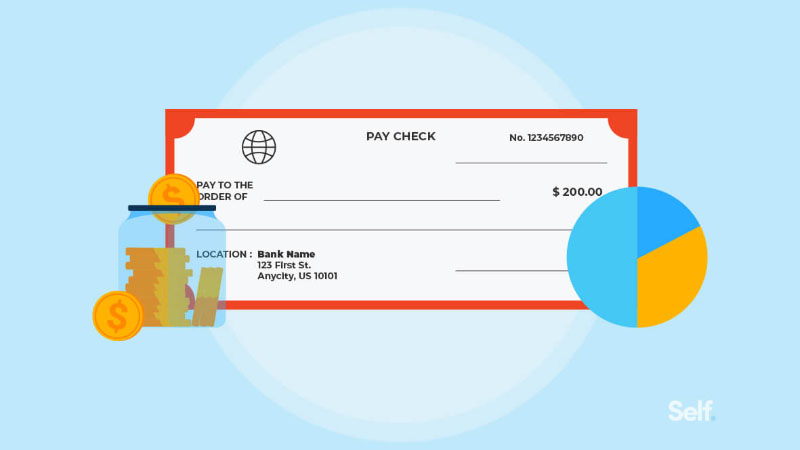Personal Finance Blog
 When You Should (and Shouldn't) Increase Your Credit Limit
When You Should (and Shouldn't) Increase Your Credit LimitFebruary 14, 2022
On your path to great financial health, you may encounter this question: should I increase my credit limit? Here’s why you should and when you shouldn’t. Read more.
 4 Questions to Ask Yourself Before Leaving Your Job
4 Questions to Ask Yourself Before Leaving Your JobFebruary 11, 2022
Before making a big career change, it’s important to take a pause and get your financial ducks in a row.
Read more.
 The Difference Between Debit and Credit Cards
The Difference Between Debit and Credit CardsFebruary 9, 2022
Learn the key differences between debit and credit cards, how they work, and which option is best for your financial needs. Read more.
 Cities With the Largest Increase in New Business Applications Since COVID
Cities With the Largest Increase in New Business Applications Since COVIDFebruary 7, 2022
Between 2019 and 2020, there was a nearly 25% increase in new business applications, and that increase has held relatively steady through 2021. Read more.
 Credit Card Refinancing vs. Debt Consolidation: What’s the Difference?
Credit Card Refinancing vs. Debt Consolidation: What’s the Difference?February 7, 2022
Debt consolidation and credit card refinancing are the two most common choices for dealing with several lines of debt. Here are the differences between them. Read more.
 The Most Common Unexpected Expenses and How To Prepare For Them
The Most Common Unexpected Expenses and How To Prepare For ThemFebruary 3, 2022
This article will help identify some common causes of unexpected expenses and create strategies to handle them successfully if and when they occur. Read more.
 How Much of Your Paycheck Should You Save Each Month?
How Much of Your Paycheck Should You Save Each Month?February 1, 2022
Typically, it is recommended to save 20% of your income each month. We'll provide examples of a saving goal and what to do if you can't save as much as you would like. Read more.
 25 Facts About Credit and Credit Scores
25 Facts About Credit and Credit ScoresJanuary 31, 2022
We’ll explain 25 facts about credit and credit scores to clarify any misconceptions and help you understand what it impacts. Read more.